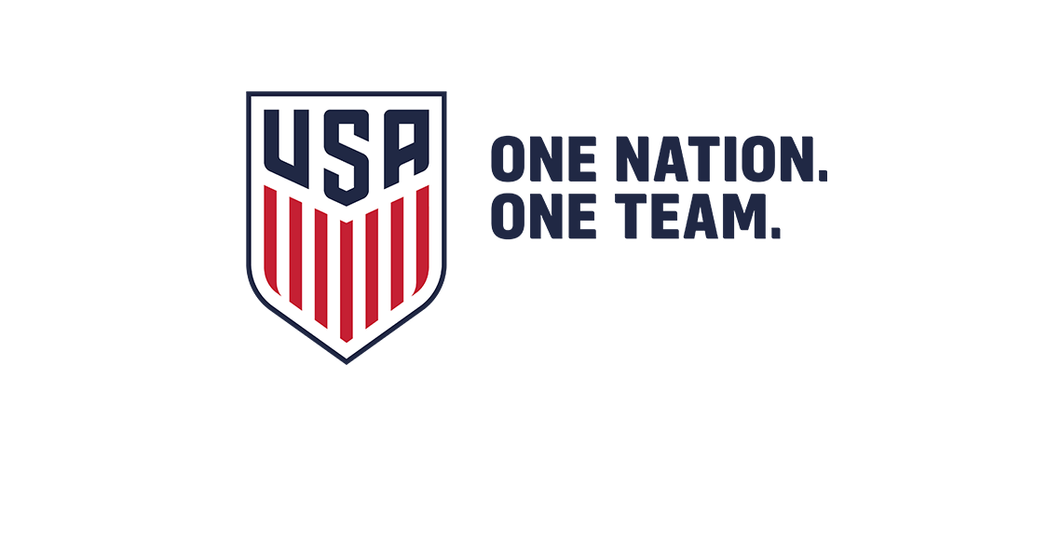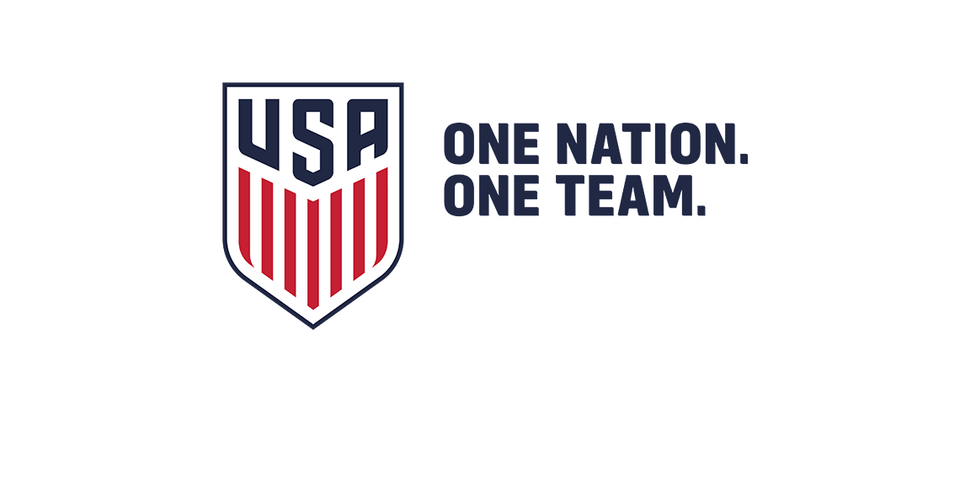CHICAGO (April 5, 2018) – As part of its ongoing effort to develop world class players, coaches, and referees, the U.S. Soccer High Performance Department will work in conjunction with four Development Academy clubs to put on the first bio-banded event in any sport in the United States. It will also be the first organized event of its kind featuring female soccer athletes.
Bio-banding allows players to be grouped based on their maturity and biological age and not by their chronological age. By doing this, massive swings in maturity that can be seen within the current chronological groupings are removed. By grouping players based on maturity, the physical advantages that early maturing players have when playing against less mature players are reduced.
Hosted on April 21-22 by Lonestar SC Academy at the Round Rock Multipurpose Complex in Austin, Texas, eight teams formed by biological age, not chronological age, will compete in two 80-minute games that will follow Development Academy standards.
Lonestar SC Academy will be joined by boys’ and girls’ clubs Dallas Texans and Solar Soccer Club, as well as Houston Dash Youth Girls and Houston Dynamo Youth Boys. Participating clubs will form two bio-banded teams, each grouped by similar maturity status made up of players within their U-14, U-15 and U-16/17 rosters.
The bio-banding initiative will be used to help support the research and understanding of the science to further aid all Development Academy clubs.
“It is well documented that all players will grow and develop at different rates and times within youth soccer,” U.S. Soccer High Performance Director James Bunce said. “Despite having this knowledge, there has never been a solution to help better support the individual development needs of both early and late developing players. Finally, with bio-banding, there is a scientifically accurate, applicable and assessable way to support all clubs, coaches and players to have the optimal environment to thrive and develop irrespective of maturity level.
“We are thrilled to host this exciting player development initiative,” Lonestar SC Academy Boys Development Academy Director Victor Pace said. “We can't wait to see the outcomes of the data collected by James and the U.S. Soccer High Performance staff and how our teams will look and perform. We hope this event will lead to more opportunities for late maturing players to continue to improve at their own rate as opposed to struggling in an environment that might not be conducive to long-term player development.”
As an additional player development tool, bio-banding will allow participating Academy club coaches and staff, and U.S. Soccer Talent Identification to evaluate players in an environment where physical advantages are less of a factor. After the event, the U.S. Soccer High Performance department will continue to work with all Development Academy clubs looking to expand their player development tools with Bio-Banding.
As a landmark event in all of American youth sports, the Bio-Banding Initiative marks another stride in U.S. Soccer player development. In recent years, U.S. Soccer has created a Futures Camp, which invites late maturing and players born in the second half of the calendar year to a compete in a Youth National Team camp. In the Development Academy, clubs have the ability to nominate late maturing players who are able to play with an age group below their chronological designation so that they are able to thrive and not struggle with physicality.

